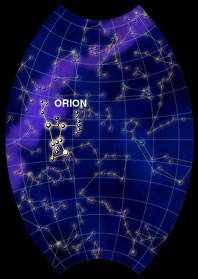Orion is best seen during the winter in the Northern Hemisphere, and during the summer in the Southern Hemisphere.
Click on image for full size
Windows to the Universe original image
Orion
The constellation Orion is a hunter. He is really easy to find in the sky!
Look for the three bright stars that make up his belt. From there, you can find one of his legs, which is the star Rigel. One of his shoulders is the red star Betelgeuse. You should also find a shield in one hand, and a club in the other. Have you seen Orion in the sky before?
There are many myths about Orion. In Greek mythology, Orion was a great hunter. He thought that no animal could hurt him. So Hera sent a scorpion to sting Orion. Orion smashed it with his club, but not before he was poisoned. They are both in the night sky, but you can never see them at the same time.
A really famous nebula called the Orion Nebula is in this constellation. Look for the shape of a sword hanging from Orion's belt. If you see a fuzzy patch of light, that's the Nebula! Use a telescope or binoculars to see some cool colors inside it!
You might also be interested in:

Constellations are pictures made up of bright stars which appear close to each other on the sky. Like a game of connect the dots, if you use your imagination when you look at the stars, you may see a dog
...more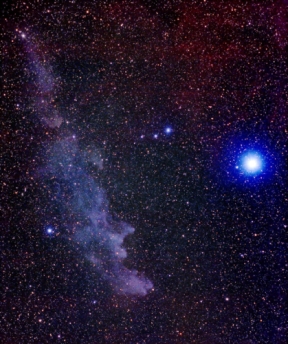
What's in a Name: Arabic for "foot" Claim to Fame: One of the galaxy's brightest stars. Apparent visual magnitude = 0.1 Type of Star: Brilliant bluish-white Supergiant (B8 1a Spectral Type) How Far Away:
...more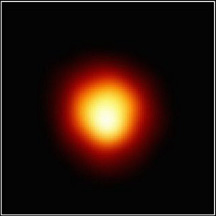
What's in a Name: Arabic for "shoulder of the giant". Could also mean "hand of al-jauza" where al-jauza is the Arabs' "Central One". Also known as the Martial Star. Claim to Fame: First star seen as a
...more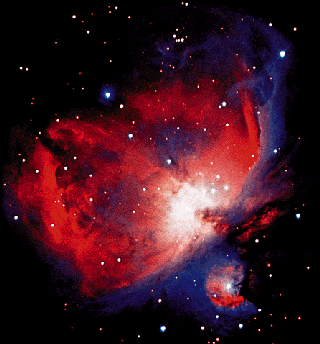
Nebulae are stardust. The gas in nebulae is used to make new stars. Dying stars create nebulae from their gas. While stars are made of very hot, dense gas, the gas in nebulae is cool and spread out. Water
...more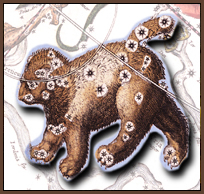
Many different constellations fill the evening sky in the northern hemisphere. Depending on your location and the season, different constellations can be seen. Northern circumpolar constellations can be
...more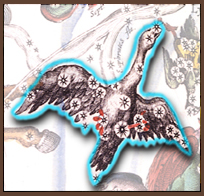
Many different constellations fill the evening sky in the southern hemisphere. Depending on your location and the season, different constellations can be seen. Southern circumpolar constellations can be
...more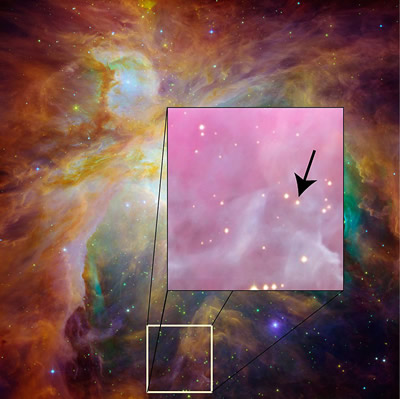
Astronomers have always thought that twin stars, which are stars that have the same mass and orbit around each other, are identical. So they were surprised when they discovered that twin stars in the Orion
...more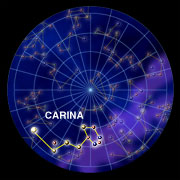
The constellation Carina is known as the Keel. A keel is the wooden bottom of old sailing ships. Carina used to be a part of the large constellation called Argo Navis. It was divided up into four different
...more


